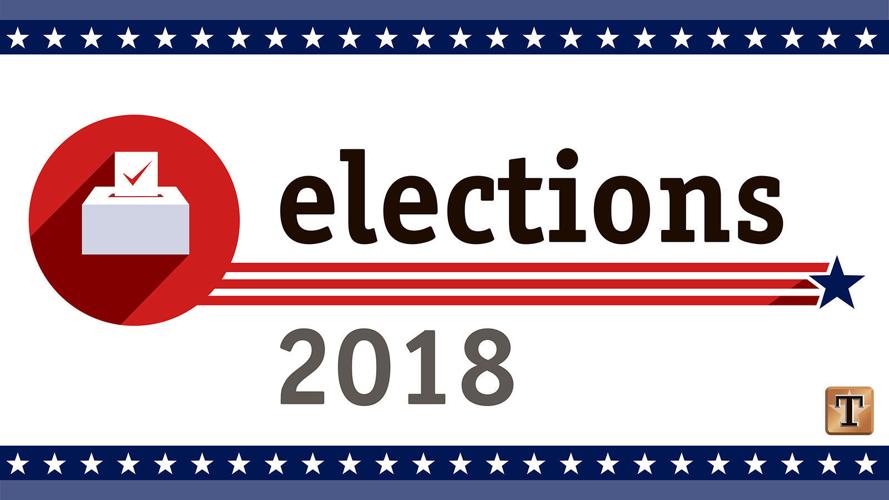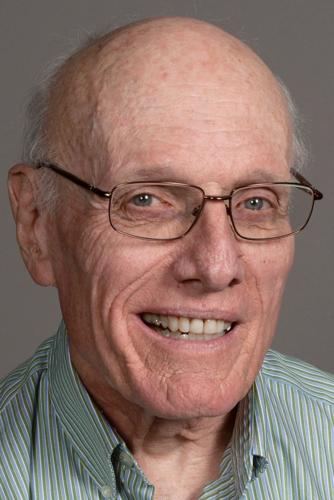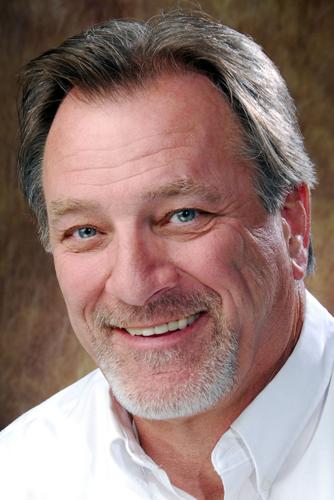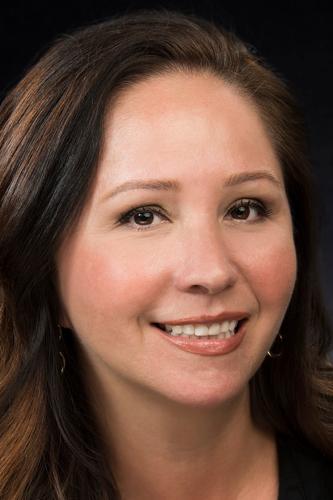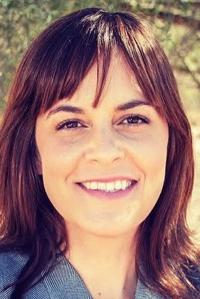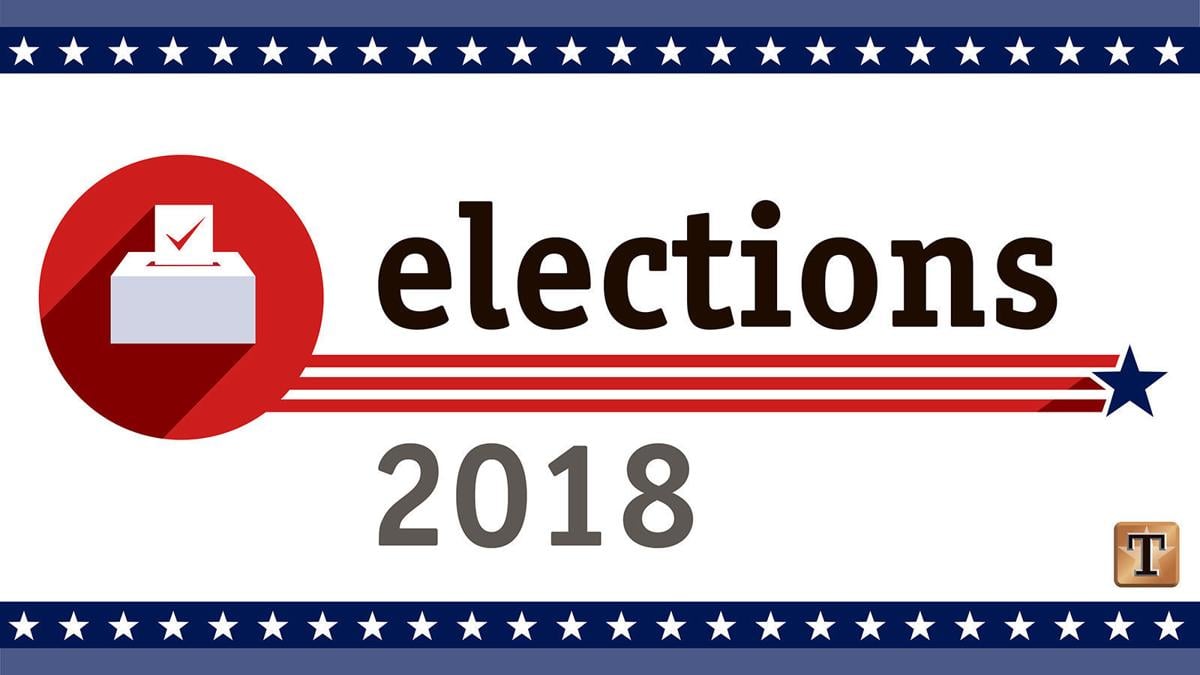It’s no secret that Tucson’s largest school district has its fair share of struggles: plummeting student enrollment, budget shortfalls, and dozens of poorly performing schools.
But those challenges haven’t stopped five community members, including three newcomers, from seeking the two open seats on the Tucson Unified School District Governing Board, well-known for its history of contentious relations among its members.
Incumbent Adelita Grijalva is seeking to continue her service, which has spanned nearly two decades, as is Michael Hicks, who came on board in 2010. Challenging the incumbents are Adam Ragan, Doug Robson and Leila Counts.
Governing boards are responsible for setting budgets and district policies that impact students and schools on a day-to-day basis, as well as evaluating the superintendent’s performance and approving curriculum materials and personnel actions, among other duties.
Despite not having served on the TUSD board previously, Ragan, Robson and Counts say they recognize the challenges in front of them, if elected.
For Ragan, the greatest challenge facing the district is the lack of a strategic plan. He’d make developing a new strategic plan a top priority, as well as addressing deferred maintenance within TUSD, he said. Ragan would also seek to improve communication between the board and the community, going on a listening tour akin to parent-teacher conferences.
Robson says a lack of wise budgeting is an issue in TUSD, and he wants to make sure the budget is used in the best way for students. His priority is getting the Governing Board to work together with student success in mind.
Counts considers low state funding and declining enrollment, along with discipline and “unwise budgetary choices,” to be Tucson Unified’s biggest challenges. She believes the key to overcoming the issues is prioritizing students and teachers in all respects: budget, educational needs and discipline. That includes working to get more money on the state level.
Grijalva said the state funding reduction over the last 13 years of maintenance and operations and capital has put TUSD in a crisis situation, and the teacher shortage needs to be addressed. Should she be re-elected, developing a strategic plan is at the top of Grijalva’s priority list, following by working to get more funding from the state.
For Hicks, the challenge is teacher retention and changing what he describes as the nonchalant culture of the district, which he says can be addressed by collaboration with other schools. He says his top priority remains unchanged: bringing students back into a district that, at last count, lost more than 1,200 students in the matter of a year. He is also focused on improving transportation and increasing funding from other sources than the state.
THE BRIGHT SIDE
For all of TUSD’s challenges, there are bright spots in the district of about 47,000 students, the candidates say.
TUSD’s dual-enrollment program is an often-overlooked success, according to Ragan. It allows students to save thousands of dollars and earn college credit while still in high school.
“Dual enrollment is where we’re getting it right and where we have the opportunity for growth,” Ragan said.
For Robson, TUSD’s Infant and Early Learning Centers are the district’s biggest success. The centers provide structured daycare and early education opportunities. There are two centers in TUSD; Robson would like to see more.
Counts said Superintendent Gabriel Trujillo has been making good decisions, especially in looking at the district as a whole.
The dual-enrollment program, dual-language programs and TUSD’s robust preschool program are all things Grijalva is proud of.
Hicks said TUSD is doing many things well, including reducing district spending, expanding dual enrollment and credit-recovery programs and providing raises to employees.
Even the district’s state-issued letter grades, which showed about a quarter of TUSD’s 81 schools earning grades of D or F last school year, were considered to be positive by most of the candidates, with Ragan, Robson, Counts and Grijalva all noting that performance is improving, if only slightly.
TUSD maintained the number of A-rated schools — eight — last school year compared to the year prior. The number of schools earning grades of D and F declined by four — the same amount by which the number of A, B and C schools increased.
As far as Counts is concerned, the upward trend shows that what’s needed is to stay the course. Grijalva agreed that it’s important to make note of the strides in a district as diverse as TUSD, but she has asked Trujillo to “unpack” the data to see what improvements can be made.
Hicks, however, says the academic bar needs to be set higher, that students need to be taught to study and that TUSD has to “start taking education seriously and look forward.”
RIGHTING THE SHIP
When it comes to student enrollment, which impacts funding, TUSD has convened a task force to analyze the nature of losses and the forces at play, Trujillo has said.
For Ragan, turning around the downward-enrollment trend is tied to better communication with teachers and students, as well as refocusing the governing board on students.
More Infant and Early Learning Centers would also help solve the enrollment issue in Robson’s eyes, as it sets students on the right path, he said.
Counts said many of these issues as intertwined, and so improving enrollment could be addressed by working on academic achievement, discipline, funding and budgeting.
Grijalva says better marketing and outreach would be helpful, adding that TUSD also needs to focus more on middle school retention and improvement.
Hicks recommended looking to other schools for successful strategies and making schools more of a focal point in communities.


